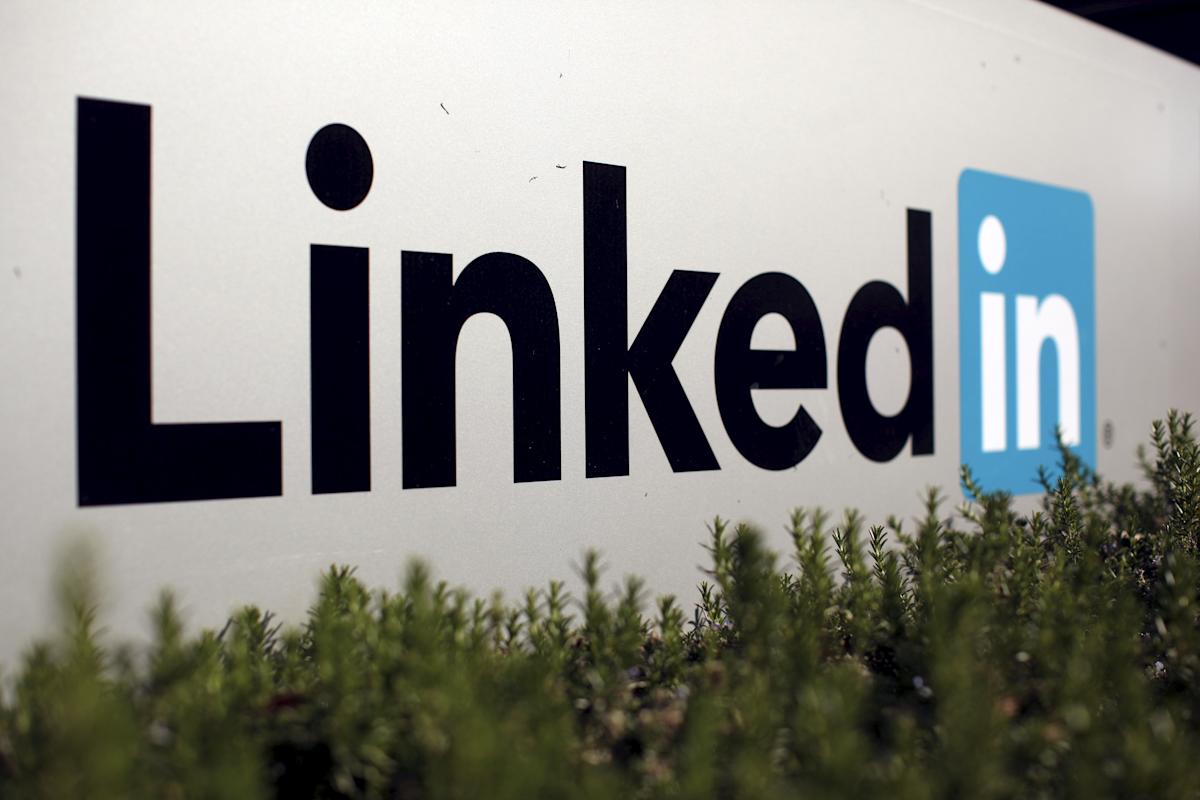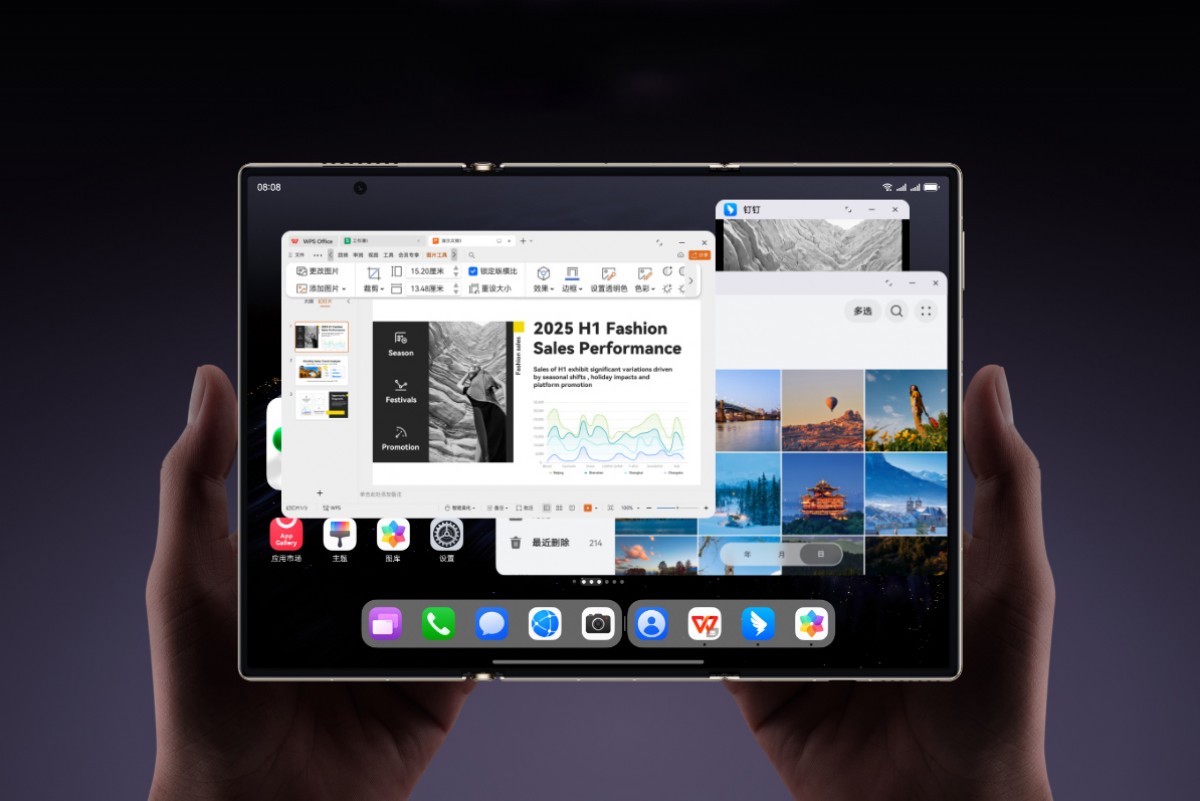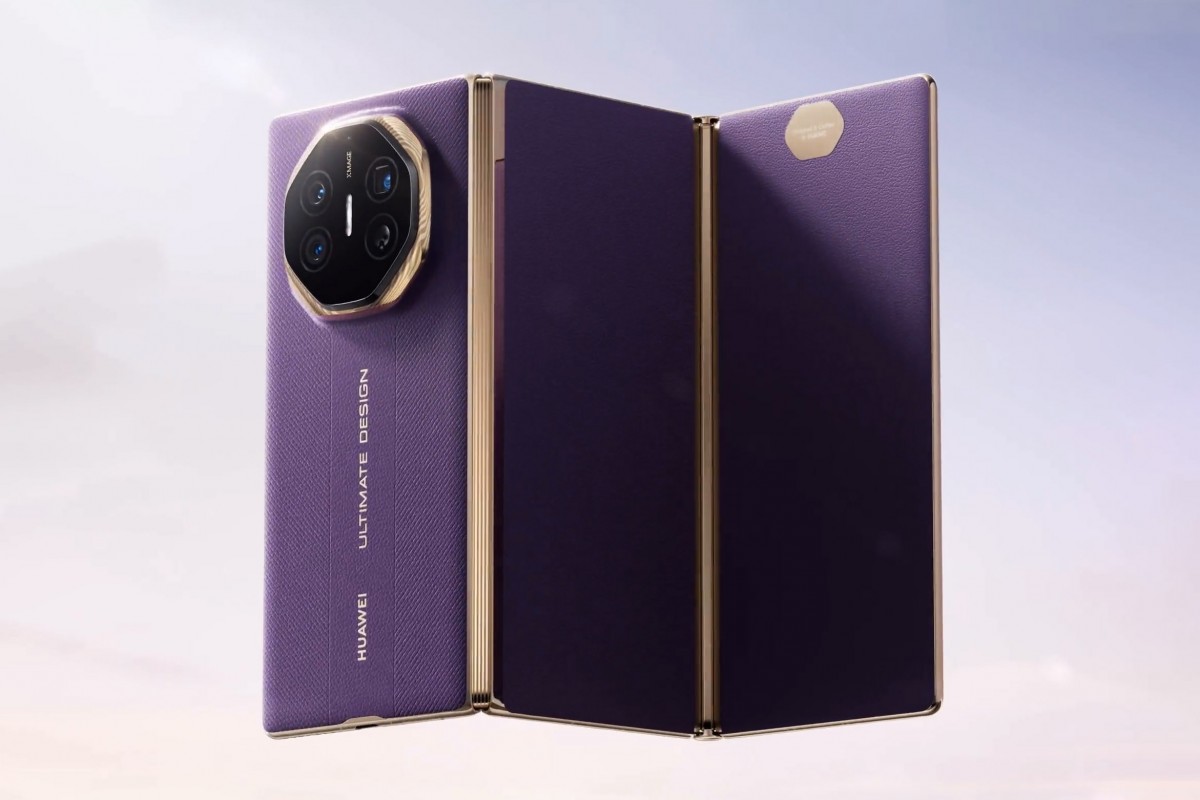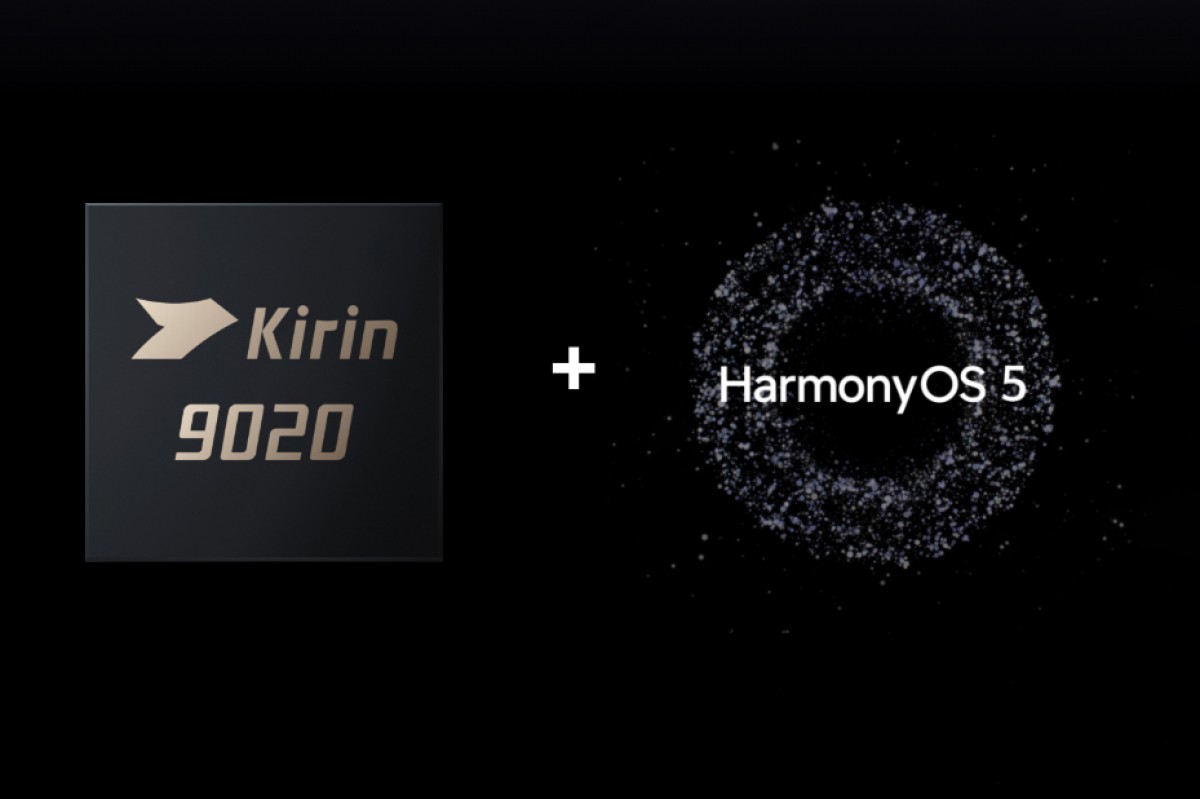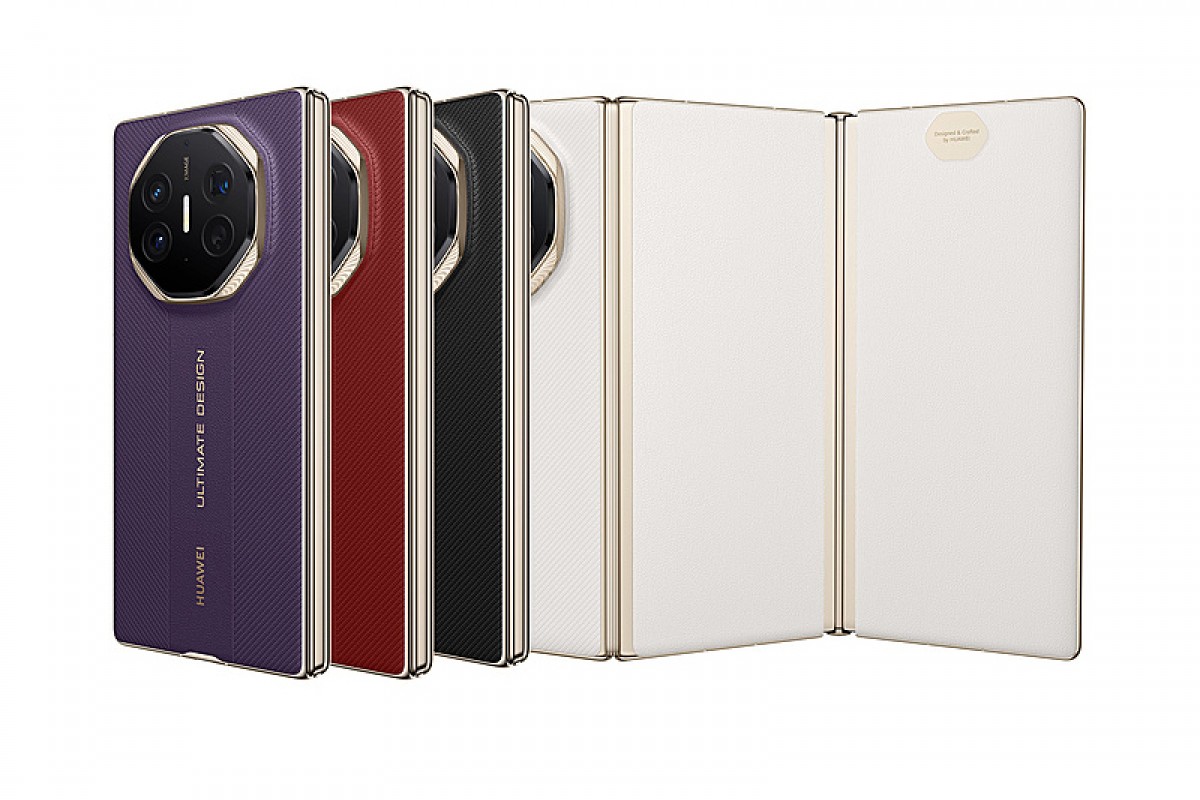Adobe is planning to bring its video editing software, Premiere, to the iPhone. The company has listed the app on the App Store with a pre-order link and an expected release date of September 30.
The company said that Premier on iPhone will let users edit videos and export them without any watermarks. The app will have some of the same features as its desktop version, including the ability to trim, layer and fine-tune frames. It will also have automatic captions with stylized subtitles, support for video, audio, and text layers, as well as support for 4K HDR.
And in keeping with its efforts elsewhere, Adobe is bringing AI features powered by its Firefly models to the app: Premiere on iOS will let users generate images, audio or videos using text prompts. The company is also opening up access to its stock library of music, sound effects, photos, graphics and videos, along with fonts and presets from its photo editing app, Lightroom. The app also has an “Enhance Speech” feature that suppresses background noise when you record a clip in loud environments.
Premiere on iPhone will be free to use, but users will have to pay for using AI credits and cloud storage. An Android version is already in development, though the company did not mention a release date.
The company’s move to bring its flagship video editing app to iPhones comes amid increasing competition for attracting creators who make short videos for TikTok, Instagram, and YouTube Shorts. Earlier this year, Meta released a video editing app called Edits, while a16z-backed Captions switched to a freemium model to reach a wider audience.
Adobe has focused on bringing more of its creative apps to mobile platforms. The company launched Photoshop for iOS in February and released a beta version of the app for Android in June. It has also released a separate app for Firefly on both iOS and Android in June.
Techcrunch event
San Francisco
|
October 27-29, 2025

